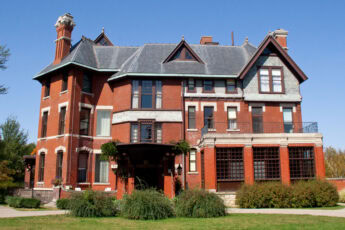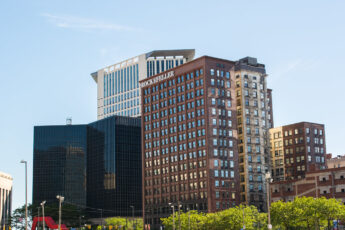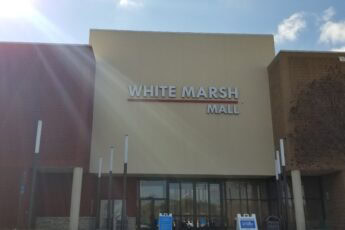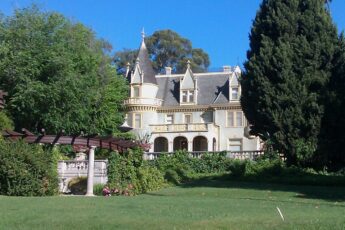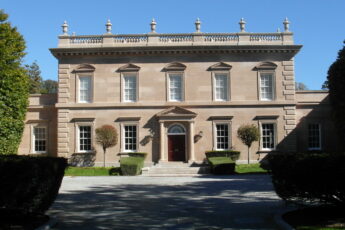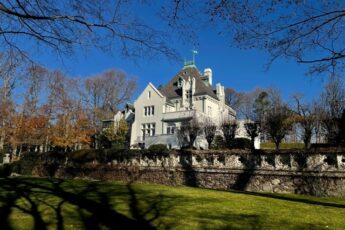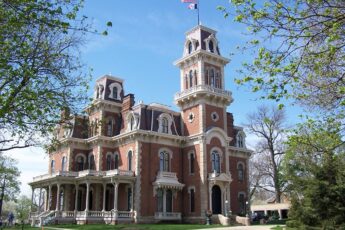The Historical Tapestry of William Paca House
The William Paca House is a testament to colonial elegance and American history in the heart of Annapolis, Maryland.
Built between 1763 and 1765, this Georgian mansion reflects the vision of William Paca, a Founding Father and a three-term Governor of Maryland. His architectural genius shines through the mansion's design, making it a cornerstone of things to do in Annapolis.
The house's journey from a private residence to a celebrated historic site mirrors the changing tides of American history. In 1971, the National Park Service recognized its significance, marking it as a National Historic Landmark. This designation honored Paca's contributions and preserved the mansion's architectural integrity for future generations.
The transformation of the William Paca House over the centuries tells a story of resilience and community effort. Originally a symbol of personal wealth and status, the mansion has evolved into a public treasure.
Its doors opened to the public, allowing everyone to step back in time and walk through the corridors of America's past. The house, once a private domain, now serves as a bridge connecting modern visitors with the rich tapestry of 18th-century life.
The Garden's Whispering Walls
The garden of the William Paca House wraps you in a tapestry of natural beauty and historical depth. Restored to its original 18th-century design, this two-acre sanctuary speaks volumes of the past.
The garden, with its structured parterres and vibrant flora, offers a rare glimpse into colonial horticulture, a living museum under the open sky.
Walking through the garden, I feel the meticulous care and dedication that went into its restoration.
The Historic Annapolis Foundation and the Maryland Historical Trust took significant strides in the 1960s to bring this garden back to life.
They aimed to recreate the historical accuracy of Paca's time, from the physic garden filled with medicinal herbs to the kitchen garden that once supplied the household.
The two-story summer house, standing elegantly amidst the greenery, serves as a focal point, drawing visitors deeper into the garden's embrace.
It's not merely a structure but a storytelling element, offering insights into leisure and architecture of the time.
Events like the Maryland Day Celebration breathe life into the garden, transforming it into a hub of learning and community engagement. Here, history does not just sit idly; it interacts, educates, and inspires.
From Ruin to Renaissance: The Restoration Journey
The story of the William Paca House's salvation and restoration is a narrative of community spirit and historical dedication.
In 1964, the specter of demolition loomed over the property, threatening to erase a crucial piece of Maryland's history.
The Annapolis Hotel Corporation had transformed the mansion into the lobby of the Carvel Hall Hotel, and plans were afoot to replace the historic site with modern high-rises.
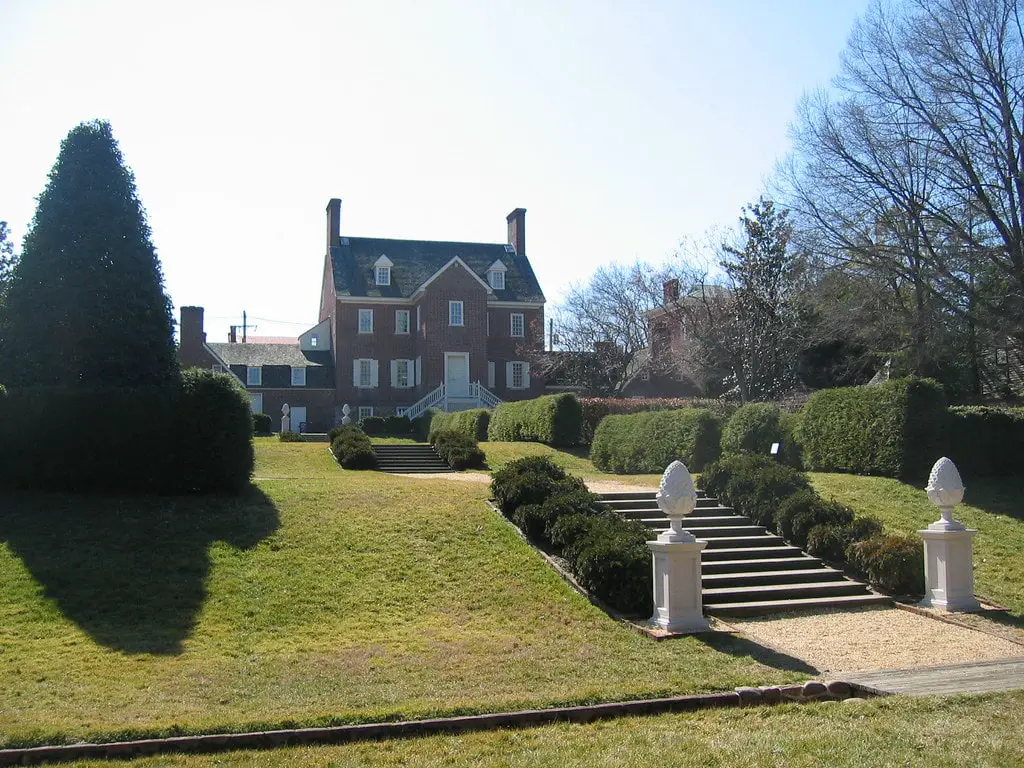
The tide turned when Historic Annapolis, Inc., later known as the Historic Annapolis Foundation, stepped in. This pivotal moment in 1965 marked the beginning of a new chapter for the Paca House.
The organization, along with the Maryland Historical Trust, spearheaded a movement to save the mansion from oblivion. Their efforts underscored a growing recognition of the importance of preserving our national heritage.
The restoration process was a meticulous endeavor, aiming to peel back layers of modern alterations to reveal the house's original 18th-century splendor.
Between 1966 and 1967, the team removed additions that had been tacked on over the years, restoring the mansion and its gardens to their former glory.
This journey from ruin to renaissance was not just about bricks and mortar; it reaffirmed the community's commitment to its historical roots and architectural integrity.
A Glimpse Inside: The House Tour Experience
Exploring the William Paca House through its guided tours offers an immersive dive into colonial life. The tours, led by knowledgeable docents, bring the 18th century to life.
They share stories of those who lived and worked within these walls, from the illustrious Paca himself to the enslaved individuals who maintained the household. Each room, with its period furnishings and artifacts, tells a part of this complex narrative.
The experience feels personal, almost intimate. As I imagine walking through the central hall or the west parlor, I can almost hear the echoes of past conversations.
The original woodwork, especially the staircase's Chinese Chippendale balustrade, adds a touch of authenticity that photos alone cannot convey. It's a testament to the craftsmanship and aesthetic sensibilities of the colonial era.
What strikes me most is the effort to make history accessible and engaging. The house isn't just a static museum; it's a portal to the past.
While steeped in facts and dates, the guided tours also delve into the human stories that shaped this historic home. They remind us that history is not just about events but about people.
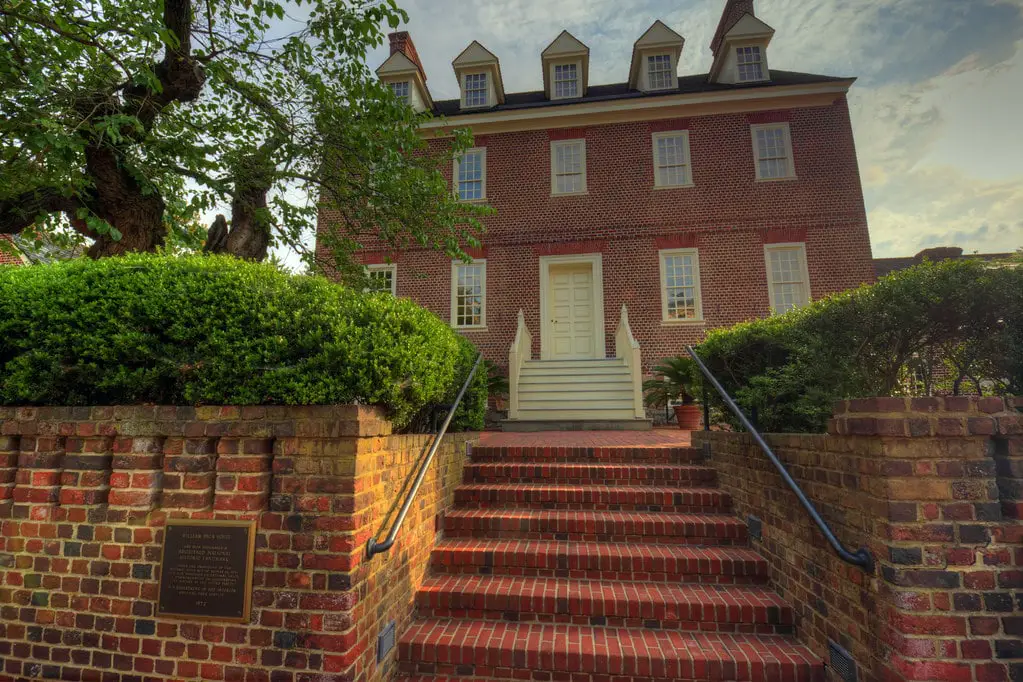
The Garden's Seasonal Splendor
The garden of the William Paca House showcases the changing seasons with a flourish. Each visit offers a different palette of colors and textures, reflecting the cycle of life that William Paca himself would have known.
The spring brings blossoming flowers and the fresh green of new leaves, while summer fills the space with a lush, vibrant life.
In autumn, the garden wears a cloak of reds and golds, and even in winter, there's a stark beauty to the bare branches against the colonial architecture.
The garden serves as more than just a backdrop; it hosts a variety of events and educational programs.
The Maryland Day Celebration, for example, transforms the space into a festive gathering place, echoing the community spirit of Paca's time.
These events bridge the gap between past and present, allowing visitors to experience the garden as a living part of history.
Moreover, the garden's role extends beyond beauty and education. It's a conservation effort, preserving not only plant species but also gardening techniques from the 18th century.
This commitment to historical accuracy and environmental stewardship makes each visit a learning experience, connecting us with the natural world as it was centuries ago.
The Modern Connection: Community and Accessibility
The William Paca House today stands as a beacon of community and historical engagement in Annapolis. Its doors open wide, not just to history buffs but to anyone with a curiosity about America's past.
The Historic Annapolis Foundation has made inclusivity a priority, partnering with programs like Museums for All, which offers free admission to those receiving food assistance. This initiative breaks down barriers, allowing a broader audience to step back in time.
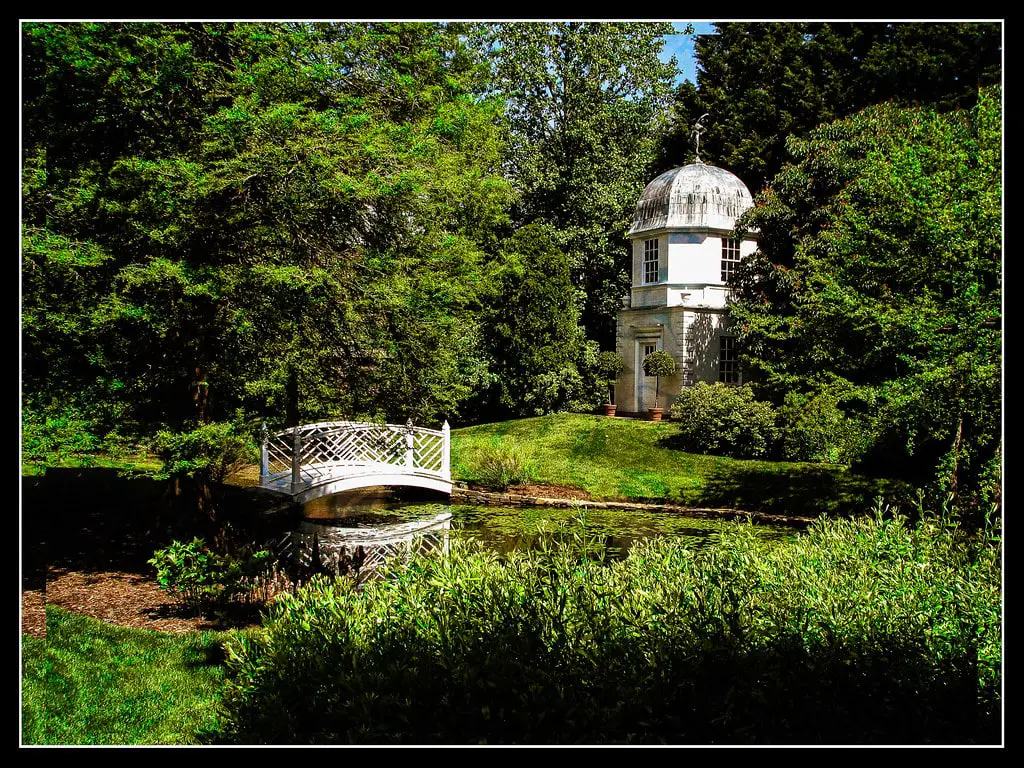
Accessibility improvements are on the horizon, with plans to make the garden fully accessible by 2026.
This commitment to inclusivity ensures that the William Paca House remains a resource for all, regardless of physical ability. It's a reminder that history belongs to everyone, and every effort should be made to allow universal access to our shared past.
The impact of the COVID-19 pandemic has not gone unnoticed. The foundation has adapted and implemented safety measures to protect visitors and staff.
While the pandemic has changed how we interact with public spaces, the William Paca House continues to be a place of learning and discovery, adapting to ensure that the story of colonial America remains alive and accessible.
The Echoes of History: Events and Educational Programs
The William Paca House and Garden is more than a museum; it's a vibrant center for education and community events.
Throughout the year, the grounds come alive with reenactments, workshops, and celebrations transporting visitors to the 18th century.
These events serve as a bridge between the past and the present, offering hands-on learning experiences that resonate with visitors of all ages.
One of the highlights is the annual Colonial Yuletide event, which offers a glimpse into holiday traditions of the colonial era.
The house and garden also serve as educational platforms, hosting workshops on colonial gardening techniques and historical preservation. These programs not only educate but also inspire participants to delve deeper into their own histories.
The commitment to education extends beyond the physical boundaries of the property. Partnerships with local schools and organizations ensure that the legacy of William Paca and the colonial era continues to inspire and educate far beyond the garden's walls.
These initiatives underscore the house's role not just as a relic of the past but as a living, breathing center for historical education and community engagement.

